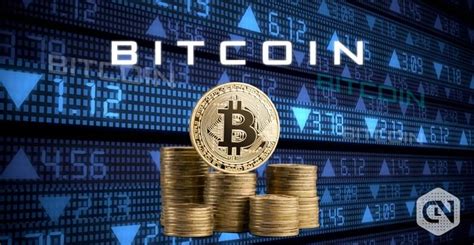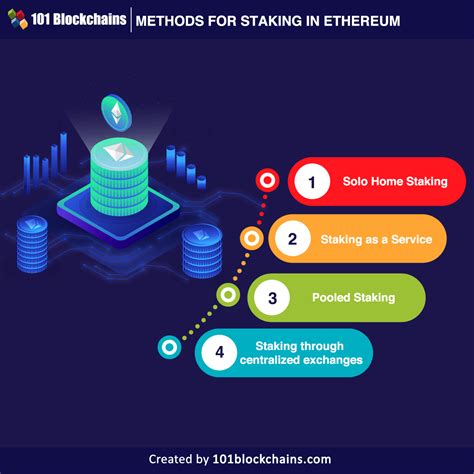The uncertain future of Ethereum: What happens when the mining speed reaches zero
Ethereum, one of the most popular blockchain platforms in the world, has long been a pioneer in decentralized finances (Defi) and nonfungible chips (NFT). However, like any complex system, it is based on several key components that can affect its performance. One of these is the mining speed.
The mining speed refers to the speed with which new bitcoins are created by solving complex mathematical problems using strong computers known as mining platforms. As several miners join the network, the level of difficulty increases, which makes it difficult to be extracted by new coins. When the mining speed reaches a critical threshold, it can have significant implications for the Ethereum ecosystem.
The current mining state
Starting with 2021, the block reward on Ethereum is 6 ETH (a seed from a bitcoin). This means that every time a new block is extracted, 6 ETH are rewarded for the miner who solves the math challenge. The number of bitcoins created on the block has never exceeded 50 BTC, and the prizes are scheduled to decrease to zero.
What happens when the mining speed reaches zero?
According to Wikipedia, the current design of Ethereum (POW) consensus algorithm, which is based on mining speed, has a maximum block reward. This is set to reduce half every 2 weeks until it reaches 0.
If the mining speed would reach zero, more potential consequences could occur:
- Low transactions processing : With fewer miners working together to validate transactions and create new blocks, the Ethereum network can experience slower transaction processing times.
- Increased limitations of the size of the block : As the level of difficulty increases due to the smaller mining speed, it can become more difficult to increase the block size limit. This could restrict the ability of smart contracts to store larger amounts of data.
- Stability problems : A decrease in mining speed can increase the volatility of ETHREUM price and other cryptocurrencies, as miners adjust their strategies to minimize losses.
- Centralization potential : With fewer miners competing to validate transactions, there is a risk that centralization will increase. Centralized mining operations can become more widespread, leading to concerns about security and decentralization.
Risk attenuation
To alleviate these risks, Ethereum developers have implemented various measures, including:
- Proof-Stake (POS) : A consensus algorithm that rewards the tokens validators based on their misery of property, rather than on the calculation power. This reduces the energy consumption needed to extract new blocks.
- The delegated proof of the stake (DPOS) : An updated version of POS that allows users to vote for candidates who will validate transactions and create new blocks.
- Salm solutions for layer 2

: Solutions such as optimism, polygon and solar plan to improve the scalability and performance of Ethereum by downloading a processing power from Mainnet networks to layer 2.
As the Ethereum ecosystem continues to evolve, it is essential for developers and users to remain informed about the potential changes in network mechanics. With adequate planning and implementation, the risks associated with the mining speed that reach zero can be mitigated, ensuring a more stable and safer blockchain experience.








